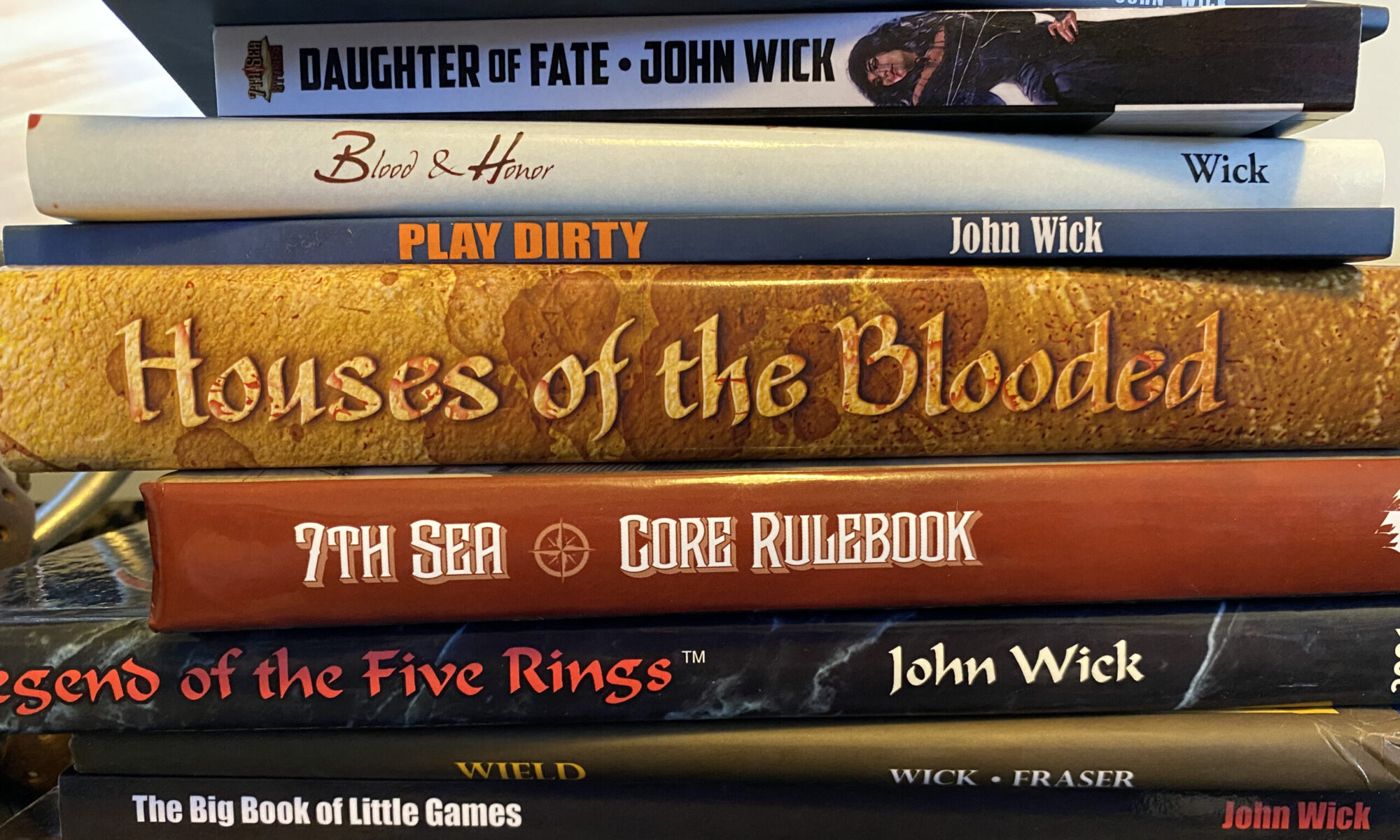VANLU DE URAN
“History is watching.”
What the ven can see is only half the world. There is also the uran shanvu, “the invisible world,” the world of ghosts, spirits and specters. The ven know these things surround them all the time. The invisible world influences the visible world in real and powerful ways.
When the ven say their history is watching them, it is not a colorful metaphor. Unless a ven is murdered, he does not truly die. Instead, as he ages, his blood cools, his reflexes slow, his mind becomes jumbled with dreams, and his body begins secreting a thick substance not unlike a spider’s web. The ven call this process “seeking solace.” Ven lifespan is about 150 to 200 years. Solace begins anywhere within that time.
The process can take anywhere from a year to fifty years. When it is complete, the ven is wrapped in a thick cocoon, completely cut off from the rest of the world… except for his mind. A mind under the effects of solace is powerful—more powerful than before—but it is also in a different state. The solace mind speaks in metaphors and symbols, unable to utilize waking speech. But it can communicate, and often does, to family members and friends through visions and dreams. A ven who is trained to do so may send signals back to a mind in solace, although communication is difficult at best.
To a ven, one of his foremost concerns is keeping the favor of his ancestors whom he feels watch him from solace. The power of their semi-conscious minds can bless him or curse him, depending on his behavior and how he maintains the good name of his family. As such, the ven practice elaborate rituals to keep those in solace happy and content. Letting an ancestor go without praise or worship is a sure way to draw that ancestor’s wrath.
The presence of such beings deeply influences ven culture. They use rituals to please kind spirits and wards to keep evil spirits at bay. The ven have enormous tomes of spirit names, giving them access to powerful magics, binding spirits to objects and places, whether they are cooperative or not.
